From Inditex to Matchesfashion, who has signed the Fashion Pact?
The agreement signed by 32 fashion giants to establish guidelines for sustainability in the fashion sector, will determine the following steps of the industry.

Everybody&Everyone, Fashion3, Ruyi or Matchesfashion also signed the Fashion Pact. This companies are not as popular as Inditex, H&M, Adidas or Carrefour, but their weight in the fashion future will be as decisive as the one the fashion giants signed in the document.
The relevance of the Fashion Pact, besides being supported by the French president, Emmanuel Macron, is that it created the guidelines for sustainability in the fashion industry, the step-by-step of every group, no matter their size, in this matter. So, who are the 32 giants that defined sustainable fashion?
Adidas
The German giant has been one of the biggest supporters of this matter, researching the development of new materials to replace leather. In 2016, the company developed next to Parley for the Oceans, sneakers created with ocean plastic waste. At the same time, the group increased the use of sustainable cotton and recycled polyester and nylon. Adidas was one of the first companies to eliminate PVC, and in 2013 it created a plan to eliminate from its value chain the use of chemicals like PFC. In its selling points, the sportswear giant stopped using single use plastic bags.
Bestseller
The Danish fashion giant, for sales worth 3.3 million euros in 2018, has boosted its worth through the multibrand channel with brands like Vero Moda, Name It or Jack&Jones. In this last stage, the company reinforced its expansion with monobrand and the opening of owned stores. The company, led by the businessman Anders Holch Povlsen, supports the main global lobbies of sustainability, like the Sustainable Apparel Coalition, Ellen McArthur Foundation or the business incubator Fashion for Good.
Burberry
Inside luxury, Burberry also wanted to lead the digital transformation of high end. The British company was one of the pioneers in its category to enter the stock exchange index of the sustainable companies of Dow Jones in 2015, when it was still led by Christopher Bailey. However, the group took a step towards this issue after that in 2018, the value of its items hit the light, 28.6 million pounds, triple that only three year earlier. Starting there, the company compromised to stop destroying the items that weren’t sold and to eliminate the use of leather in its collections.
Capri
Michael Kors changed the name of its business to Capri at the end of 2018 after closing the acquisition of Versace and one year after purchasing Jimmy Choo. In less than two years, Michael Kors went from being a bestseller to a new fashion holding, forecasting to achieve 8 billion dollars revenue per year. In terms of sustainability not the brand or the holding made strong statements, up until the signing of the Fashion Pact.
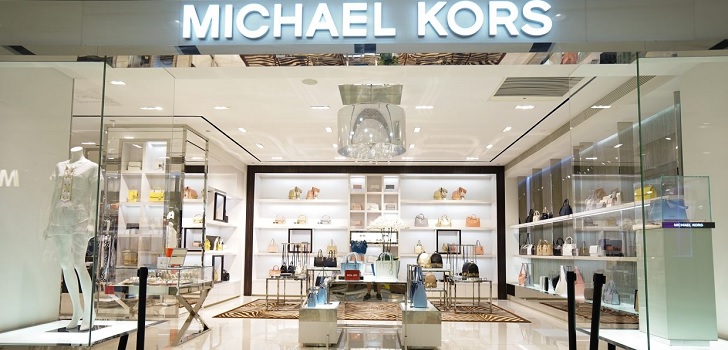
Carrefour
The retailer signed next to luxury in the Fashion Pact. The French giant of supermarkets started introducing good practices in its supply chain and started working with waste using recycled plastic for its packaging. In fashion, Carrefour didn’t announce any strategy. The company, however, counts with a plan for 2025 to reduce CO2 emissions up to 40% and minimize food waste. The group with sales for 78 billion euros in 2018 already operates more than half its business overseas.
Chanel
The French luxury, with sales for 11 billion dollars in 2018, has joined sustainability recently. The company that continues to be led by the Wertheimer family, presented in its annual report 2018 the Report to Society, a document that stated a compromise to built a more sustainable business for luxury, joining the goals for sustainable development of the United Nations (UN), researching new materials, and creating alliances with local communities, improving its supply chain and collaborating with startups to speed production.
Everybody&Everyone
Not a lot is known about this company presented as eco-innovative, but what its known is that its headquarters are in New York and that its mission is to make easier for women to reduce the collective impact over the planet. According to the company thought its LinkedIn account, and it is backed up by a family office that is also backing two retail giants. It’s a company with a technological base that introduces in its value chain all the progress in this sense and that is looking for big groups to operate more responsibly.
Fashion3
The French group Mulliez, owner of Pimkie or Kiabi, bur also of supermarkets Auchan or Decathlon, reordered its portfolio in 2017 and created the society Fashion3 to unite the fashion side of its business. Fashion3 has the chains: Pimkie, Orsay, Rouge Gorge, Happychic (Jules, Brice, Bizzbee) and Grain de Malice. Up until now, none of the chains had made any statement in this subject.
Ferragamo
Inside luxury, the Italian Salvatore Ferragamo was one of the first ones to launch a sustainability report each year since 2014, bases in the guidelines of the Global Reporting Initiative (GRI). The company closed its fiscal year 2018 with sales for 1.3 billion euros and a net benefit of 88.4 million euros. In the last months the group has been going through a reorganization of its helm after the signing of Micaela Le Divelec, coming from Kering, as CEO.
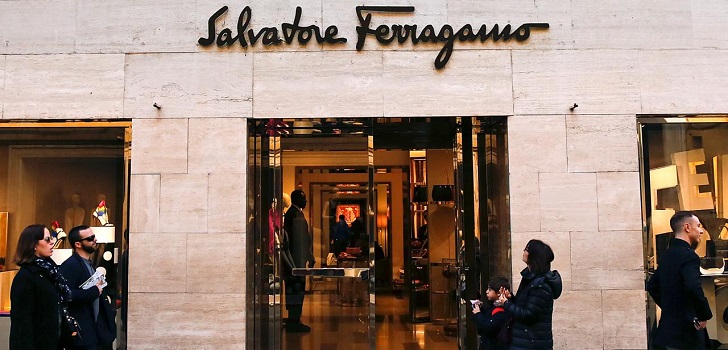
Fung Group
Based in Hong Kong is one of the biggest fashion holdings of the world. The company owner of Li&Fung, the biggest textile production group in the world, with a revenue of 12.7 billion dollars in 2018.
Galeries Lafayette
It is the biggest department store group in France and one of the biggest ones in Europe. The company, besides controlling the 280 establishments of the chain, is the owner of BHV/Marais, La Redoute, Eataly Marais, Louis Pion, Guérin Joaillerie and the ecommerce BazarChic. The French retailer goes back 125 years and the company is still led by the founding family and counts with a revenue of 4.5 billion euros. In 2018 the giant joined sustainability with the Go for Good project to dynamize the presence of sustainable brands supported by Stella McCartney.
Gap
The American retail giant have followed closely the steps of its competitors in terms of sustainability, specially Inditex and H&M. Gap is part of the main lobbies and counts with its own sustainabily report. One of its commitments for 2025 was to use sustainable cotton in all its production.
Giorgio Armani
The Italian luxury house has been one of the surprises to join this pact. The company, which remains in the hands of the designer, has barely communicated its sustainability strategy. The group has been in process a restructuring process, decreasing sales and profitability for a couple of years. In 2018, the company ended a simplification of its portfolio. Giorgio Armani closed this fiscal year 2018 with sales of 2 billion euros and a net profit of 152 million euros.
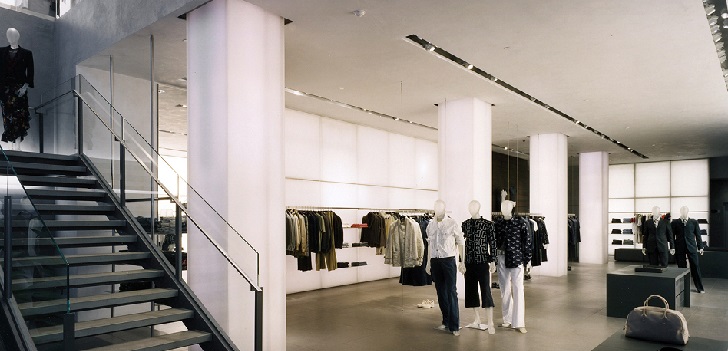
H&M
The second biggest fashion retailer of the world by revenue, surpassed only by Inditex, has emerged as one of the referents in fashion sustainability. The Swedish company has been among the first in its field to introduce new sustainable materials in its collections, to monitor its supply chain, to draw up a plan to reduce its environmental impact and to bet on a circular system. H&M has also been one of the pioneers in entering the capital of technological start-ups to advance in this regard.
Hermès
Hermès, one of the leaders of French luxury, enters the field of sustainability for the first time with the signing of this pact after arriving badly in the rankings of NGO’s. The company that ended its fiscal 2018 with 6 billion euros in sales and a net profit of 1.4 billion euros, concentrates a large part of its production in France, which guarantees following European regulations on labor and production, but it hasn’t communicated any sustainability report so far.
Inditex
The Spanish fashion giant, the biggest retailer group in the sector by revenue, has been entering the field of sustainability in recently. After partnering with the Massachusetts Institute of Technology and several Spanish universities to investigate circularity, Inditex has created a sustainability commission on the board of directors this year. On the other hand, in the social section, the group was one of the referents in labor rights in the value chain with the signing in 2007 of the Framework Agreement with IndustriAll.
Karl Lagerfeld
Owned by the Apax Partners investment fund, the signature of the legendary designer who died this year, also enter the Paris pact without showing signs of interest in sustainability. The company, founded in 2006, is based in Paris and is piloted by Pier Paolo Righi. In 2014, the USA distribution group PVH took a stake in the capital. Despite having its own brand, the only reference to sustainability made by the German designer was referring to Chanel and luxury.
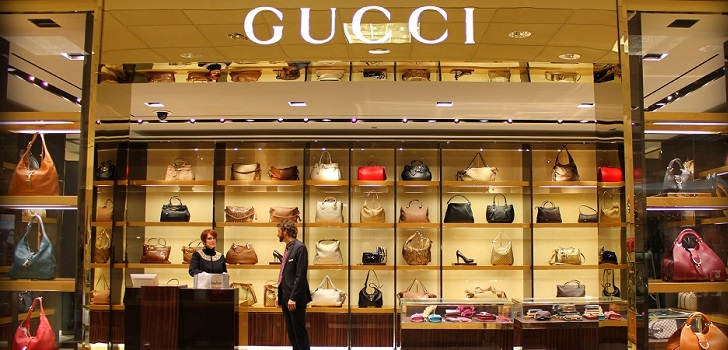
Kering
The French luxury holding, owned by businessman François-Henri Pinault and owner of brands such as Gucci, Yves Saint Laurent or Balenciaga, took the reins a few years ago to move luxury towards sustainability. Kering reaffirmed this commitment in 2012 with the signing of Marie-Claire Daveu as the head of the strategy in sustainability and institutional matters. The executive joined the group after a professional career in the public sector where she held a position of responsibility in the French Ministry of Ecology between 2007 and 2012.
La Redoute
Owned by Galeries Lafayette since 2018, La Redoute is one of the few ecommerce platforms that sealed this pact. The company has been in a deep transformation in the last decade. Before switching hands to the retailer group, La Redoute had been owned by Kering, who sold it to two of its managers and its workers.
Matchesfashion
Matchesfashion is one of the leading fashion designer marketplaces owned by the Apax Partners investment group, which bought it in 2017. However, its origins date back to the mid-1980s, when the company opened its doors as multibrand in London. Last year, the company arrived sales of 293 million pounds, 43.7% more than in 2017.
Moncler
The Italian luxury group, specialized in warm clothes, was founded in 1952 and has been listed on the Milan stock exchange since 2013. With sales for 1.4 billion euros in 2018, the company has its own sustainability strategy, whose pillars are the promotion of qualified employment, improvement of security and respect for the environment in the value chain, reducing the environmental impact and economic development of local communities.
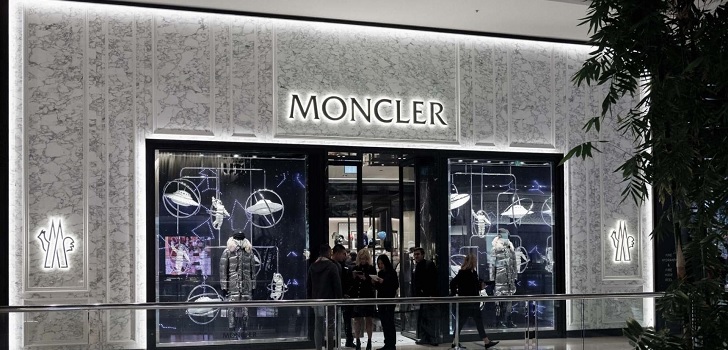
Nike
The sportswear giant is also one of the pioneers in sustainability. The company, with sales 39.1 billion dollars in 2018, was also one of the pioneers in moving sustainability sheet from all angles. Nike is also part of the most lobbies that works towards accelerating sustainability in fashion.
Nordstrom
The American group of department stores is in the middle in the digitalization of its business. The group closed its fiscal year 2018 with sales worth 15.4 billion dollars and a net profit of 564 million euros. Nordstrom prepares its corporate social responsibility report every year. Its strategy in this area is based primarily on the care of local communities and on reducing the impact on the environment.
Prada
The company, in the hands of Miuccia Prada and Patrizio Bertelli, continues to be one of the pioneers of Italian luxury. With a revenue of 3.1 billion euros in 2018, Prada has focused its strategy on its digital transformation. The group has published its sustainability memorandum since 2016, focused mainly on diversity and inclusion, respect for the environment, and on the conservation of culture.
Puma
The sportswear giant, owned by Kering up until 2018, when it made the jump to the stock exchange, has also made an effort in this area the last couple of years. The company closed its fiscal year 2018 with sales of 1.2 billion euros. The company set its goals for 2020, which include eliminating toxic chemicals, controlling water use, reducing emissions or improving security in the supply chain, among others.
PVH
The owner of Tommy Hilfiger and Calvin Klein presented his sustainability strategy at the last Copenhagen Fashion Summit. The company, which closed 2018 with sales of 9.6 billon dollars, focuses its sustainable policy based on three axes: reduce all environmental impacts to zero, boost all positive practices and support employees in its value chain. PVH also set a calendar with goals to be fulfilled by 2025, such as the elimination of toxic and microfibers, and by 2030, how to reduce waste to zero.
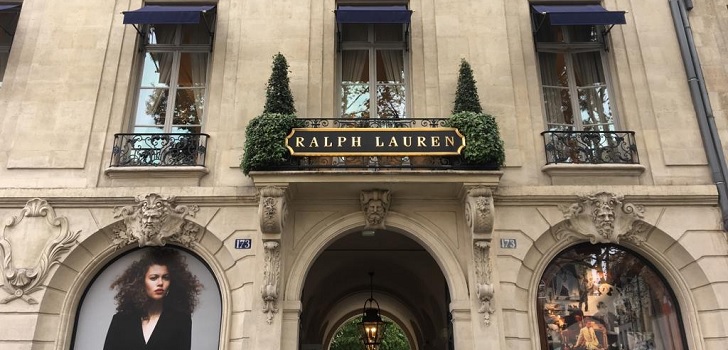
Ralph Lauren
The American group, which concluded its last fiscal year with sales of 6.1 billion dollars, has taken a step forward this year in terms of sustainability with the implementation of the Design the Change plan, that consist in taking 100% of its raw materials from sustainable sources in 2025, in addition to advancing in circular economy. The group is also committed to eliminating the use of toxic substances, using recycled plastic and working with renewable energy.
Ruyi
Ruyi is one of the newly created vertical fashion holdings. The Chinese company has been growing its portfolio in recent years, taking over companies of different profiles in Europe and the United States. Of industrial origin, Ruyi was already one of the largest textiles and clothing manufacturers in China before going shopping. Based in Jining and thirteen industrial parks, the acquired in just over a year the French group SMCP, the British Aquascutum and Taylor & Lodge, and entered the capital of Carloway Mill, one of the few Harris tweed manufacturers in Scotland. Last year, the group closed the acquisition of Invista, the owner of Lycra, and Trinity, the luxury subsidiary of Fung Group, owner of Kent & Curwen, Gieves & Hawkes or Cerruti 1881.
Selfridges Group
This is the only British group of department stores to sign the pact. The company also seems to be one of the few retailers in the country to corner the restructuring of its retail networks. In its fiscal year 2017-2018 ended February 8th, the company grew 11.5%, to 1.7 billion pounds. Selfridges also has a sustainability strategy based on three pillars: the protection of the oceans, the relationship with its suppliers, and the impact they have on the environment.
Stella McCartney
In the fashion field Stella McCartney has become an authority in terms of sustainability. The British designer was among the first ones to remove fur from her collections and to investigate the use of sustainable raw materials. A few weeks ago, the French luxury giant LVMH entered the capital of the company as a majority partner after the designer took over 100% of the company. With this operation, LVMH resumed its commitment to sustainability after the fall of the Mara Edun.
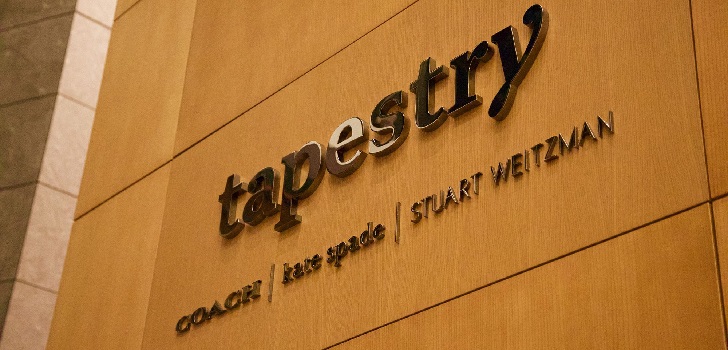
Tapestry
Coach became Tapestry in 2017 after buying Stuart Weitzman and Kate Spade. The company, with a revenue of around 6 billion dollars, has also presented its sustainability strategy this year with a first set of goals by 2025. Among these challenges is to reduce CO2 emissions by 20%, 90% of its skin coming from ecological tanneries and to have the traceability of 95% of its articles, among others.
Zegna
The Italian company is one of the most experienced tailors, whose origins date back to 1910. The company, which is still in the hands of the founding family, also produces lines of suits for men for third parties. The group concentrates more than half of its business in China and closed 2018 with sales of 1.1 billion euros. For the moment, the first steps that the company has taken in sustainability have focused on introducing materials of sustainable origins in its collections.


info@themds.com
Validation policy for comments:
MDS does not perform prior verification for the publication of comments. However, to prevent anonymous comments from affecting the rights of third parties without the ability to reply, all comments require a valid email address, which won’t be visible or shared.
Enter your name and email address to be able to comment on this news: once you click on the link you will find within your verification email, your comment will be published.